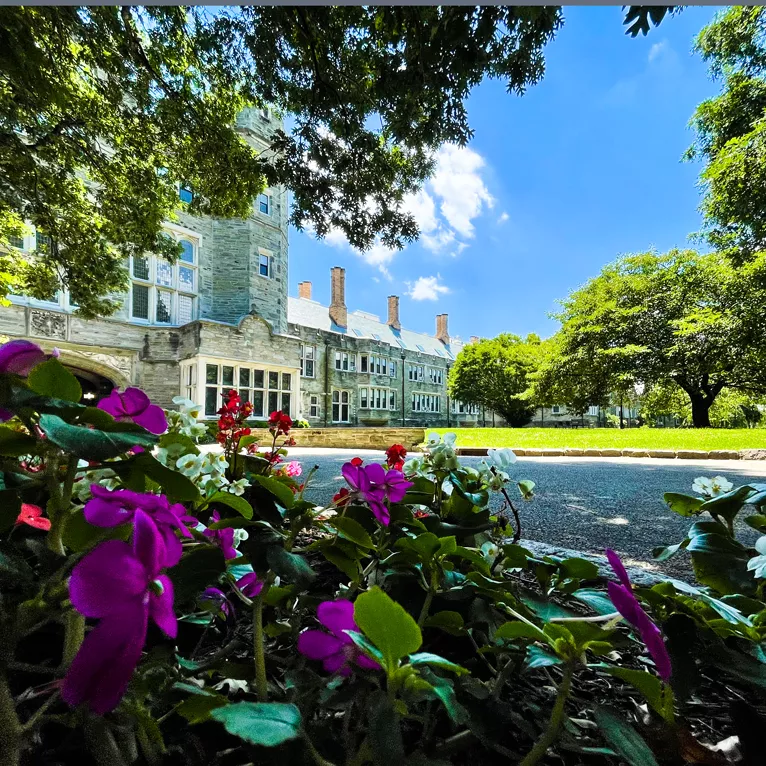Indoor Air Quality
Indoor air quality sources and hazards can impact employee comfort, health, safety and productivity.
Programs/Guidelines/Information
Indoor Air Quality (IAQ) Complaint
This form should be used if your complaint is related to indoor air quality. Indoor air quality problems include concerns with temperature control, ventilation, and air pollutants. The form is used to document your observations to help resolve the problem as quickly as possible.
The EPA AirNow online tool is recommended for current outdoor air quality and alerts such as an outdoor activity guidance which assists in protecting yourself and especially those more sensitive to air pollution.
The intent of the mold management policy is to maintain a safe working, learning, and living environment by identifying and correcting conditions that permit mold growth. This includes procedures for identification, notification, assessment, and cleaning of mold contamination.
Background:
Mold is found throughout our environment both indoors and outdoors. There are numerous species of mold, and they all need moisture to grow. Since mold will continue to grow if undetected or uncorrected, it is important report concerns and control moisture such as leaks or other water infiltration as soon as possible. The source of moisture can be caused by a unique flood, leak, entire building envelope issue, or equipment issue (such as improper use of air conditioning units). These issues may be fixed by cleaning and repair, larger facilities projects, or occupant education.
The U.S. Environmental Protection Agency (EPA) reports that there is “no practical way to eliminate all mold and mold spores in the indoor environment; the way to control indoor mold growth is to control moisture.”
Response to Reported Mold Concerns:
The EHS Manager, a knowledgeable facilities staff member, or a third-party contractor will assess the mold condition (visually inspect, interview occupants, and conceivably acquire indoor air quality measurements). Any uncovered water intrusions will be fixed via facilities services or a third-party contractor. Mechanical system evaluations inspections are also conducted as needed, and corrective actions are taken as indicated. If needed, appropriate cleaning will be completed by housekeeping staff, EHS, or a third-party contractor depending on the extent. In line with Centers for Disease Control and Prevention (CDC), routine sampling for molds will not be taken. Instead, our focus of mold management is on addressing the issue, eliminating sources of moisture and cleaning.
General Prevention Strategy:
- Report moisture and water infiltration to facilities services via submitting a Service Request.
- To fix leaks, moisture build-up, condensation, reduce humidity, and clean and dry damp and wet building materials.
- Facilities Services performs set preventative maintenance to ensure systems are operating properly.
- Students, Faculty, and Staff should report mold issues (visual or odors) to EHS
- Do not open windows while heating/cooling units are operating.
- Do not block heating/cooling units.
- Do not leave wet or damp clothes, towels, or shoes in closets or drawers or under beds.
- Empty trash and clean-up spills and food.
Allergies:
Molds produce spores that can become airborne and can create allergic reactions to those individuals sensitive to molds. Everyone reacts differently to mold exposure ranging from moderate to no response. For students, these reactions should be reported to the Health and Wellness Center (610-526-7360). For employees, reactions should be reported to your supervisor and a Report of Work-Related Injury or Illness submitted to Human Resources. Severe reactions are generally seen in workers who are exposed to large amounts of mold not conditions typically found our indoor environments.
More Information:
Basic Facts about Mold and Dampness – CDC
Dampness and Mold in Buildings - CDC
Ten Things You Should Know about Mold - EPA
Mold Remediation in Schools and Commercial Buildings – EPA
Dampness and Mold Assessment Tool: Schools - NIOSH
Dampness and Mold Assessment Tool: General Buildings - NIOSH

Contact Us
Environmental Health and Safety
- For Covid-related questions, please contact Kari Fazio at 610-526-5641 or kfazio@brynmawr.edu.
- For other Environmental Health and Safety matters, please contact Julia McLaughlin at 610-526-5166 or ehs@brynmawr.edu.
- If the matter can be addressed by Facilities, you can reach them at 610-526-7930 or facilities@brynmawr.edu.
- For workplace injuries, please contact Human Resources at 610-526-5261.